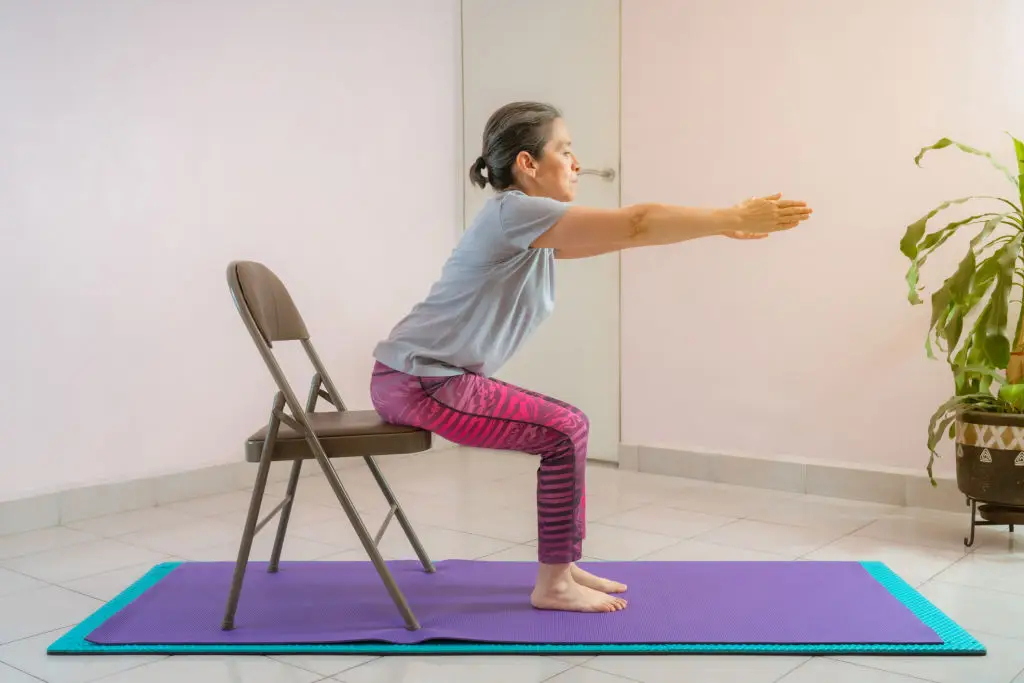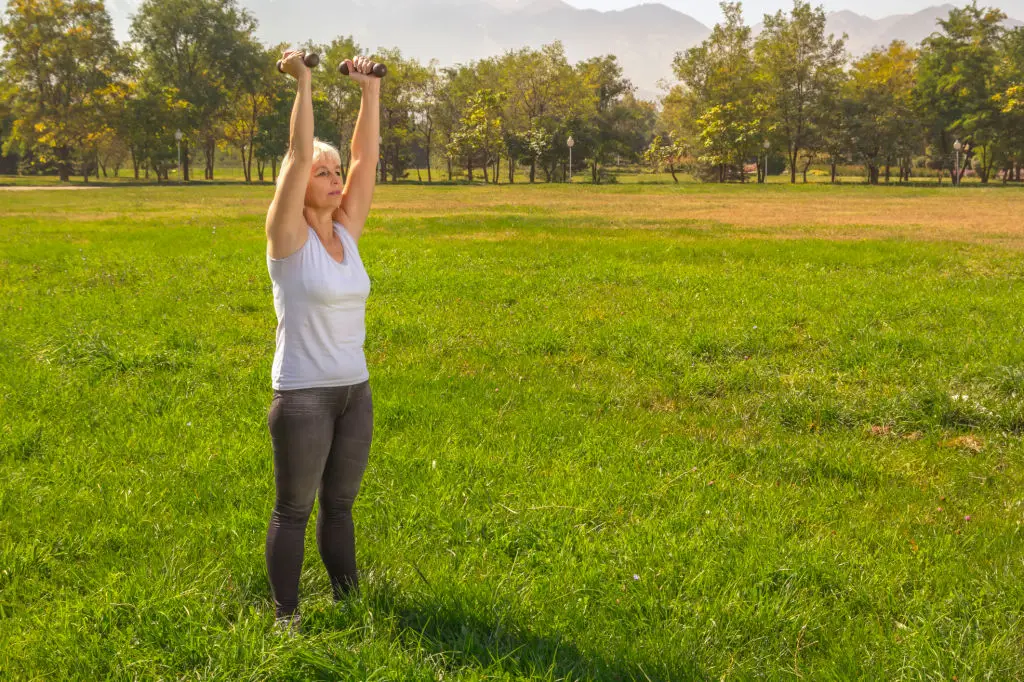Strength After 60: Simple Routines to Prevent Muscle Loss
3. Chair-Assisted Squats: Building Leg and Core Strength

Squats are small wonders for your whole lower body, and starting with a chair makes them safe and approachable. Stand in front of a sturdy chair, feet shoulder-width apart. Slowly bend your knees and hips to lower yourself down, as though sitting, then press through your heels to rise again. Keep your chest high, and don’t let your knees move past your toes. If balance feels tricky, use the chair’s back for support or only lower halfway. This move doesn’t just train legs—it also wakes up your core, building strength for rising from a seat, using the restroom, or tidying around the house. As the motion grows easier, try hovering just above the chair before standing or add light hand weights for a new challenge. Every successful squat is a celebration of renewed independence.
4. Standing Overhead Press: Reach Higher, Feel Stronger

Building confident shoulders isn’t only about looks—it helps you reach for shelves, unload groceries, and even hug grandkids. The standing overhead press is a straightforward move that strengthens your arms and shoulders together. Start with light dumbbells or any household objects (like water bottles) in hand, elbows bent at shoulder height. Gently press upward until your arms nearly straighten, then lower back down slowly. Try this move seated if you’d like more support. Remember, smooth and steady is better than fast—focus on control rather than heavy weights. If you experience discomfort in your shoulders, try reducing weight or pressing to a comfortable range instead of fully overhead. Over time, even small gains add up, and you may notice everyday reaching and lifting feeling far more effortless.
